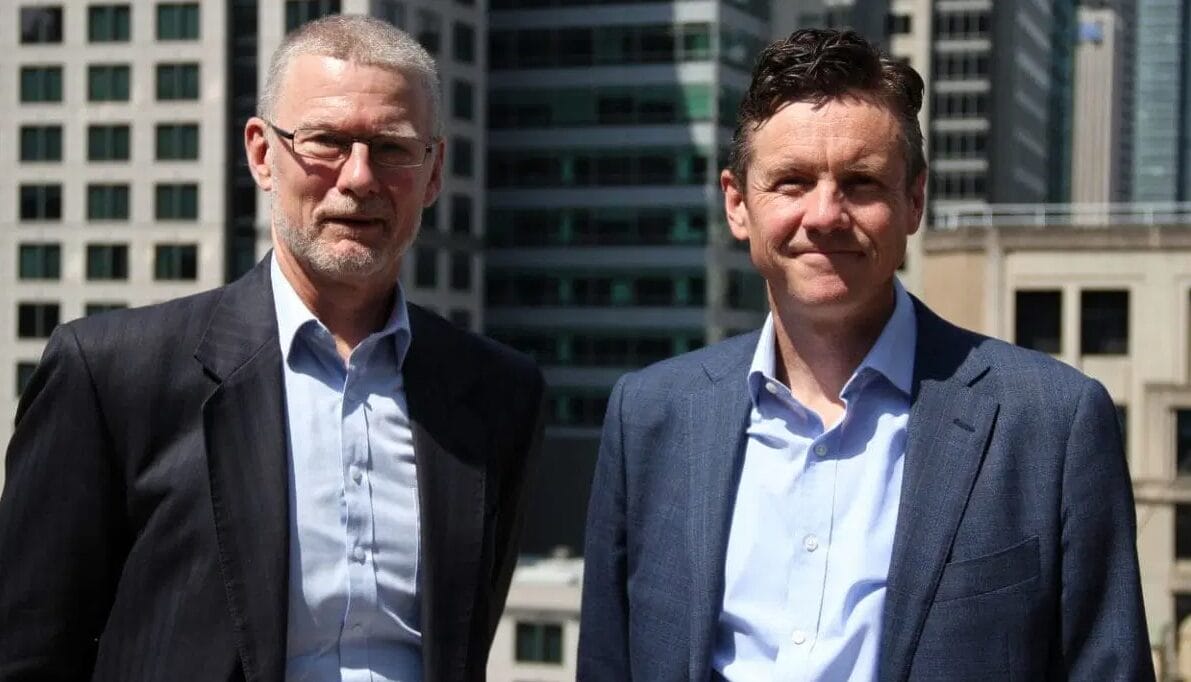Investment skill is rare, but it does exist, however investment professionals are neglecting their responsibility to improve and cultivate that skill by lacking the tools to self analyse and improve. Amanda White spoke to Rick Di Mascio, chief executive and founder of Inalytics, about the process of improvement.
Roger Federer isn’t the best tennis player the world has ever seen by relying only on innate skill, he
works hard to be at the top of his game with coaches, advisers and the latest technology. That makes sense.
But in the funds management world, investment professionals don’t use the same self-assessment tools to improve their “game” or understand why certain decisions may or may not have worked as they search for their winning edge, in the form of alpha.
Past performance and glossy marketing materials are used to win mandates, but quantitative evidenced-based
insight into investment skill is rare.
After 20 years in the funds management industry, including a stint running the £25 billion ($40.9 billion) coal miners’ funds in the UK and as the head of Goldman Sachs Asset Management UK, Rick Di Mascio founded Inalytics with the aim of analysing the investment skills that drive equity managers’ track records.
It was created, four years ago, out of frustration that the tools available were lacking in the transparency, precision and objectivity required to truly improve the investment process.
“Investment professionals should be using tools of self examination to understand why their decisions may
have worked, or why they worked,” he says.
“You might ask, who can teach Federer to play tennis, but he has coaches, advisers, technology. Our industry
is way behind the sports industry in understanding the value of objective feedback. Investment skill is something you work at constantly.”
In this increasingly competitive industry Di Mascio believes the best managers, and funds, will be those that embrace this idea of continual improvement and feedback.
The analysis performed by Inalytics goes beyond the vanilla attribution tools, with the examination of every trade
and portfolio position. The idea is that this forensic analysis can identify the strengths and gaps in a manager’s decision making.
It looks at the buy, sell and hold positions of funds managers over their period since inception.
While Di Mascio acknowledges there is no single definition of skill, one measure examined by Inalytics is whether funds managers get more decisions right than wrong, a ratio they describe as the “hit rate”.
“It is amazing in this sophisticated industry that people don’t actually ask for such a simple matrix.
We had a situation where a pension fund asked their funds manager why their hit rate was 45 per cent, and the manager didn’t even know it was,” he says.
Across the universe of portfolios the hit rate averages 50 per cent, which is not really that high. However Di Mascio says hit rates are only half the story, the wins have to offset the losses.
“With real true contrarian long-only managers (and there are only about six of them in the world that we can find), their hit rate is more like 40 per cent. But when they get it right it is up to three times,” he says.
Typically the analysis has found that the typical manager compensates for a mediocre hit rate by generating good gains from the winners which offset the losses fro mthe poor decisions. The win/loss ratio for the industry averages at 100 per cent, with a good ratio around 110 per cent.
In addition to funds managers using the analysis to improve their own processes and decision making, pension funds are increasingly using Inalytics as a tool in funds manager selection and monitoring.
However, while the tools are useful in the analysis of individual managers, there are no short cuts.
For instance according to the analysis there are as many good and bad managers in emerging markets as there are in large cap developed markets, and quant managers do not necessarily show any biases.
“In analysing funds managers data we have found that skills are rare, there is no doubt, however when you find it, it is consistent and persistent and worth finding,” he says.
“When I ran the coal miners fund, we would transfer people to geographic regions on the basis that funds management is a transferrable skill. If you have investment skills then you have it, regardless of where you are, or where you are investing.”
Inalytics’ data provides a contrarian view to most of the academic research in terms of where alpha should be sourced.
“Traditional academics say alpha is in emerging markets or small caps. We say the opposite. You get good and bad managers in that area but you are just as likely to get them there as anywhere else. In the sporting world it’s like saying a centre forward is better than a goal keeper, but you can’t compare, they do different jobs. We actually find alpha is the best in large developed equities – an unusual perspective but the evidence is there.
“There is little evidence to suggest that you should go passive in large caps if you are looking for skill. If you are looking for exposure that’s a different matter, sometimes academics get confused. There is confusion between exposure and skill.”
Pension funds are using the Inalytics service for funds manager monitoring and selection.
“If you have six managers for an international equities mandate, how do you tell them apart, they all have good past performance and good marketing material, so when you interview them what do you ask?” Di Mascio says.
We help them to address those issues, and also because we analyse every decision, hold and not, buy and sell, we can analyse what they are good at. We use this forensic evidence to give the funds proper questions to ask and it becomes the basis for an understanding and appreciation of whether the results are repeatable.”


